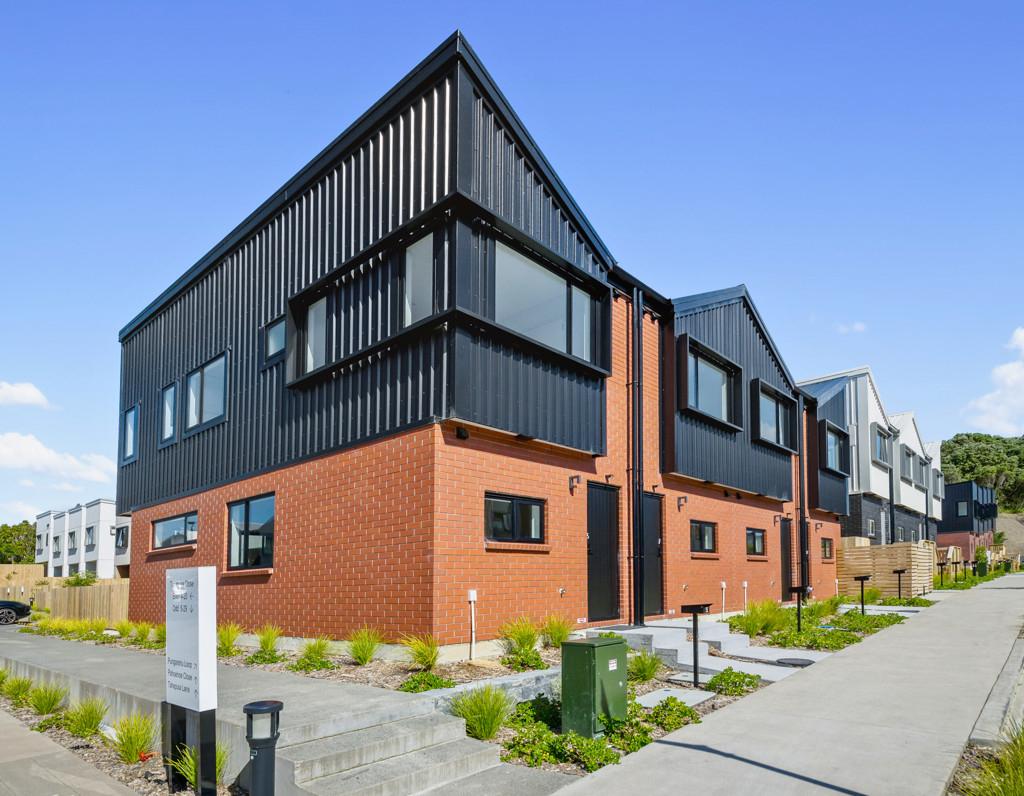Tips on Incorporating Sustainable Bedroom Furniture into Your Living Space
When making our homes comfortable, we also want to think about how our choices affect the environment.
That's why it's important to consider the furniture we use, especially in our bedrooms.
Let's talk about sustainable bedroom furniture and how it can fit into your life.
Eco-Friendly Furniture
Choosing eco-friendly furniture is more than just a trend; it's a commitment to sustainability and responsible living.
But what is Eco-Friendly Furniture?
Eco-friendly furniture, also known as sustainable furniture, is designed and manufactured with the planet in mind, minimising environmental impact while maximising style and functionality.
It’s crafted from materials and produced using processes that have minimal negative effects on the environment.
This includes utilizing renewable resources, recycled materials, and sustainable manufacturing practices.
By opting for eco-friendly furniture, you reduce your carbon footprint and support industries prioritizing environmental stewardship.
Materials Matter
So, what makes furniture eco-friendly?
One of the key elements of eco-friendly furniture is the materials used in its construction. Sustainable options often include:
Wood. Look for furniture made from sustainably sourced wood. These woods are harvested in a way that maintains the health of forests and ecosystems.
Recycled Materials. Furniture crafted from recycled materials, such as reclaimed wood or recycled plastics, gives new life to old resources, reducing the need for new materials and diverting waste from landfills.
Natural Fibers. Upholstered furniture made from natural fibers like organic cotton, hemp, or bamboo reduces the environmental impact compared to synthetic materials and minimizes exposure to harmful chemicals.
It's also important to pick furniture that's built to last. When you invest in quality pieces, you're not only reducing waste but also saving money in the long run.
Sustainable Manufacturing Practices
In addition to using eco-friendly materials, sustainable furniture manufacturers prioritize environmentally conscious production methods. This includes:
Energy Efficiency. Manufacturers invest in energy-efficient technologies and practices to reduce energy consumption and greenhouse gas emissions during the production process.
Waste Reduction. Minimizing waste through efficient manufacturing processes and recycling or repurposing materials helps conserve resources and reduce landfill waste.
Fair Labor Practices. Sustainable furniture companies often prioritize fair labor practices, ensuring that workers are treated ethically and paid fair wages throughout the supply chain.
Sustainable Bedroom Meets Style
You might think that eco-friendly furniture means sacrificing style, but that's not the case anymore.
Today, sustainable bedroom furniture comes in all sorts of stylish designs.
Whether you like the classic look of wooden furniture or the modern feel of sleek designs, there's something eco-friendly for everyone's taste.
Transform Your Bedroom with Sustainable Furniture
Choosing sustainable bedroom furniture isn't just a trend; it's a way to live better and help the environment.
At Beds4U, we care about offering furniture that's good for you and the planet.
We're here to offer you furniture that's good for your home and the planet.
Remember, making eco-friendly choices is about more than just what looks good—it's about what feels good.
When you choose sustainable furniture, you're making your home nicer and helping to take care of the world we live in.
So, why not check out our selection of sustainable bedroom furniture?
With Beds4U, you can sleep well knowing you've made a choice that's good for you and the environment.
Let's make our bedrooms greener, one piece of furniture at a time.

2025: The Year of Puzzling It Out!
There’s a one-story house where everything is yellow.
The walls are yellow, the doors are yellow, and even the furniture is yellow.
What colour are the stairs?
Do you think you know the answer to our daily riddle? Don't spoil it for your neighbours! Simply 'Like' this post and we'll post the answer in the comments below at 2pm.
Want to stop seeing riddles in your newsfeed?
Head here and hover on the Following button on the top right of the page (and it will show Unfollow) and then click it. If it is giving you the option to Follow, then you've successfully unfollowed the Riddles page.

Share your summer photos! 📷
Taken some beautiful snaps lately? Whether it's rainbows, sunsets or a beautiful summer's day, we'd love you to share the joy with us.
Share a photo in the comments below








 Loading…
Loading…




